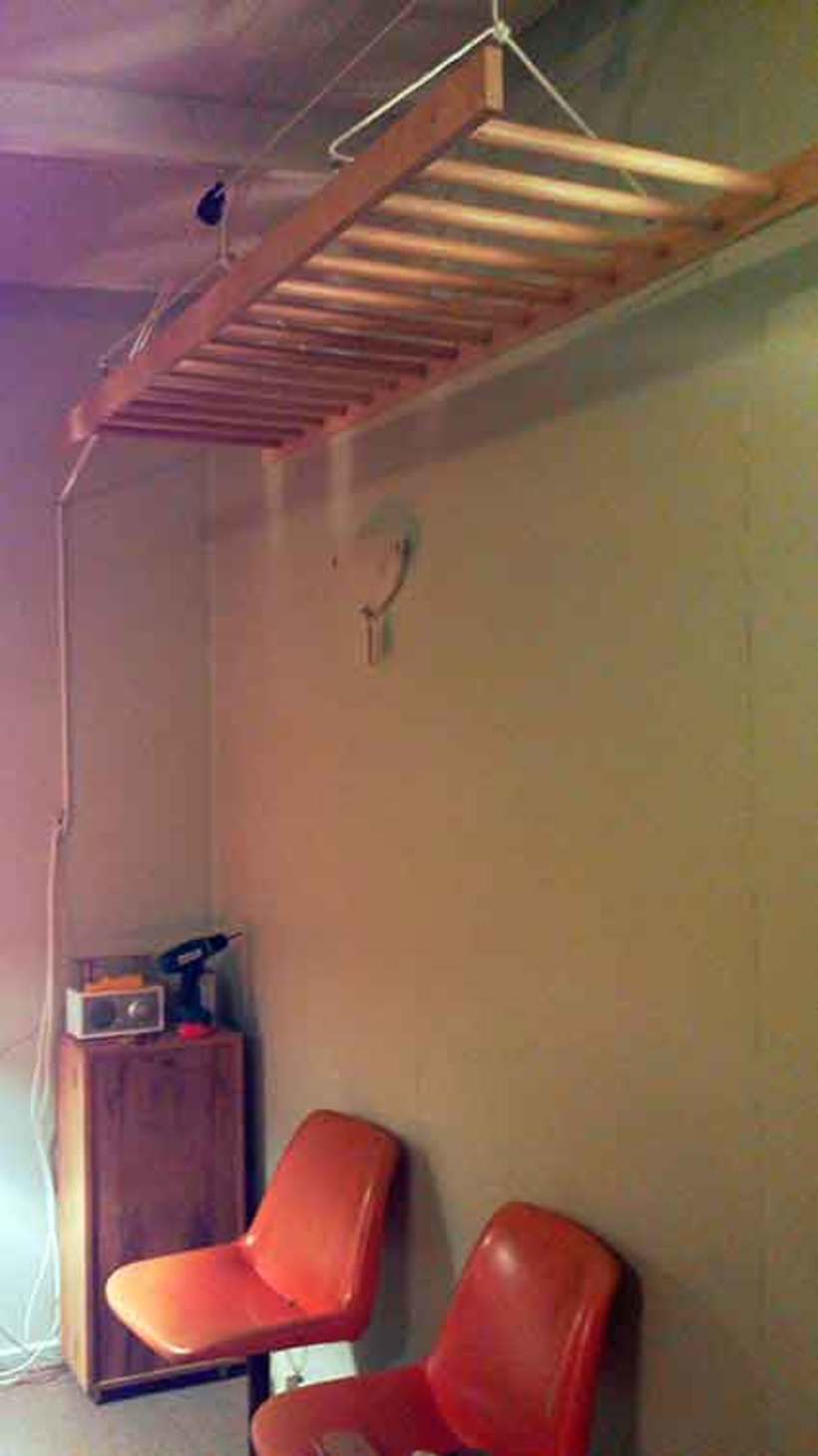- handsaw: I use a dozuki japanese saw but a panel saw will also work
- battery drill
- 25mm forstener bit, or spade bit
- a flat/slot screwdriver
- 3mm + 8.5mm drill bits
- a driver bit for the screws (I prefer multi or square drives)
- a miniature blowtorch or a lighter
- tape measure
- battery drill
- 25mm forstener bit, or spade bit
- a flat/slot screwdriver
- 3mm + 8.5mm drill bits
- a driver bit for the screws (I prefer multi or square drives)
- a miniature blowtorch or a lighter
- tape measure





Comments